The Importance of Website Traffic
Website traffic is something eCommerce businesses care deeply about, and for good reason! Every person that visits your site has the potential to purchase from you. More traffic (can) equals more money.
Over the next couple of months, we’ll be doing a series teaching YOU how to analyze metrics, set traffic goals, and improve the traffic to your website! Not just overall traffic, but the right kind of traffic.
At the end of the series, we’ll provide you with a full step-by-step guide and checklist to increase your website traffic. We break it down so that even beginners can become web-traffic geniuses!
Why Is Website Traffic Important?
Every time someone enters a store, employees see a potential sale. It’s the same with a website. Each person that visits your website is a potential customer!
1. More Traffic Can Equal More Money
Let’s break it down with an example.
Let’s say that the average sale on your website is $90. 1 in 50 people that visit your site make a purchase, so your conversion rate is 2% (the average of online shoppers is 2.95%). If we keep that 2% conversion rate and increase your website traffic from 300 people per day to 600 people per day, we’ve increased your revenue from $540 to $1080.
We’ll learn how to better convert customers that visit your website later, but for now, we want to focus on increasing the volume (and quality) of your website traffic. Because while volume may matter, getting the right traffic to your website will increase conversion rates.
2. Improves Organic Search Rankings

Having a good flow of people clicking through to your website improves your organic search rankings. This is simply because search engines are committed to showing high-quality, relevant content to users. More visits to your site and lower bounce rates indicate to search engines that your website is solving the researcher's problem or answering a question, therefore, it’s more likely to rank you higher in the next similar search!
Factors that improve your search rankings via traffic are the length of time a user spends on your website, the number of clicks within your website (visiting different pages), and if people are sharing your content.
3. Increases Brand Awareness
Improving your website traffic, which improves SEO rankings, also increases brand awareness. Even if people don’t click through to your website the first time they see it, the higher rankings put your name in their face.
Where Can Traffic Come From?
You can generate leads, clicks, and traffic to your website from almost anywhere online! That’s why it’s important to put your URL in relevant places where more people will see it.
Social Media
A majority of the world uses social media, so having a brand page on the major sites (Facebook, Instagram, Twitter, etc.) is critical. What’s more abundant is the way your website can be shared through social media sites!
Consumers turn to social media to show off or complain about your company or product, which can mean more exposure for you!
(Even bad publicity is good publicity, right?)
You can collect and display reviews via social media, run ads, create organic content that links back to your website, share posts/inspiration, etc.
Social media is a common way for a brand to share its story as well. Creating engaging, quality content that leaves readers wanting more makes them reliant on you and what you say.
Blog Posts
Whether it’s on your own blog or as a guest on another blog, it’s an opportunity to share your website, tips, and knowledge. You can utilize a blog to help consumers solve problems, answer questions, share insights, and inform about industry news. It’s a great way to create helpful, quality content that will increase search rankings and traffic, especially because it’s so easy to share posts!
Guest blog posts are another way to reach a unique audience that you maybe haven’t reached before. By guest posting on another blog, you’re introducing yourself to that market, and most times you get the chance to mention your company or give a short bio about yourself, encouraging others to check out your website.
Articles Referencing Your Company
These could be press releases, news articles, or other publishings about your company! Press releases are a great way to share the accomplishments of your company, and if you release them with a press release website, can lead to significant exposure.
Even better is when you have news that’s worthy enough for a reporter to write a piece on it. This is more organic and will likely draw more attention.
Some traffic to websites is driven by promotional or marketing campaigns directed to past or potential customers. That’s why it’s critical to collect email addresses on your website.
Online blog Backlinko added a popup that displays only when people show intent to leave your website. Their email subscription rate doubled overnight and increased revenue by $82,125 in just one year! That’s the power of email marketing!
Direct Traffic
Direct traffic is going to come from people who already know your website exists, and they go straight there with the expectation that you will solve their problem.
Organic and Paid Searches
And last, but definitely not least, is traffic through organic and paid searches. This is how a lot of people will find your website. There are 3.5 billion searches per day on Google alone! 44% of online shoppers start by using a search engine, so learning how to improve rankings is critical to getting more traffic to your website.
Business Tip: 44% of online shoppers start by using a search engine, so learning how to improve rankings is critical to getting more traffic to your website
Paying for ads may seem like the easy fix for this, but a recent study shows that 70-80% of search engine users ignore paid ads and focus on organic results. However, ads with a star rating next to them have been shown to improve click-thru rates by 20-30%!
Our goal in this series is to help you put your URL in more places to not only increase the volume of people visiting your website but to increase the quality of people landing there.
Website Traffic Metrics
To improve website traffic, you have to know where you’re starting. Do you know how many people are visiting your site every day? Every month?
If you don’t have access to this data, I recommend using Google Analytics. It’s free, easy to use, and provides an abundance of data that can improve traffic, conversion rates, SEO, etc.
You can also use an Alexa rating to get an idea of how popular your site is. Alexa displays the ranking of websites by the number of visitors it sees and how it’s ranked to other websites. Alexa also offers other insights on your website! Like bounce rate, page views per visitor, how much time visitors spend on your website, etc.
One of the important metrics you should be paying attention to once you are collecting analytics on your website is bounce rates. Bounce rates determine if users are finding whatever web page they landed on useful. A high bounce rate indicates that the page is performing poorly and users aren’t finding what they need there.
What Does This Mean to You?
It means you should understand the bounce rates of each of your landing pages, and use those rates to figure out what content should be changed or improved. Understanding the number of visitors coming to your site on a daily, weekly, and monthly basis, and knowing what your bounce rates are, gives you a baseline to start your journey to improve your traffic. That’s the first step!
Now you know the importance of website traffic, what it can mean for your company, and a few of the metrics you should focus on!
If you don’t have an analytics set up, we’ll help you start collecting data in our next post. From there, we’ll figure out where you stand in terms of traffic, set goals for traffic, and help you achieve those goals.
If you’re already kicking butt in terms of traffic to your website, reach out to marketing@shopperapproved.com to share your tips and tricks for a chance to be featured in one of our future posts!

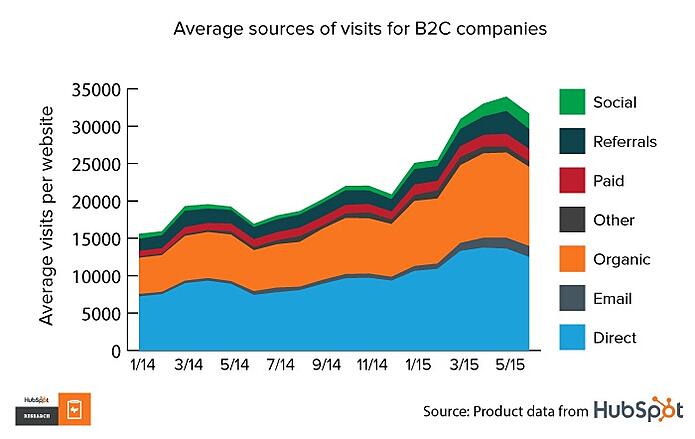
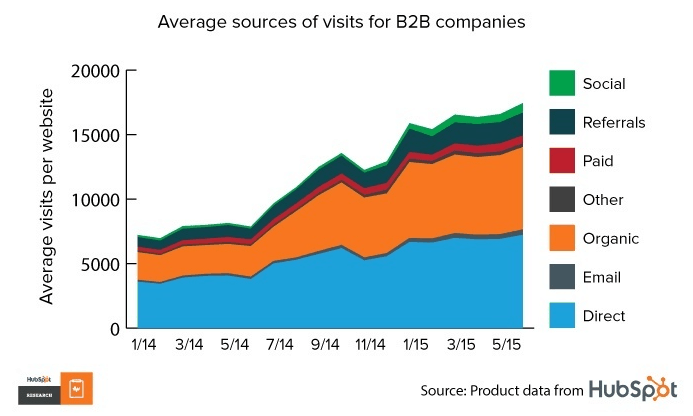
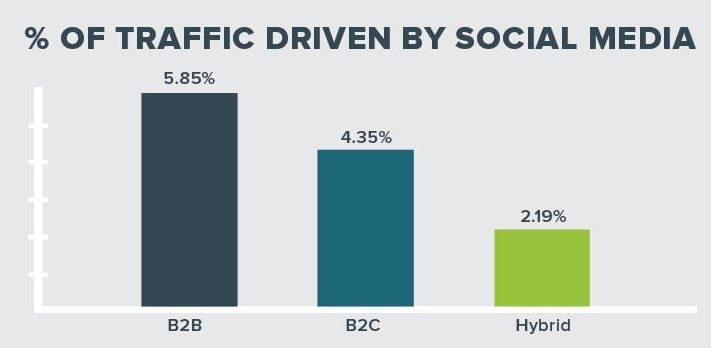
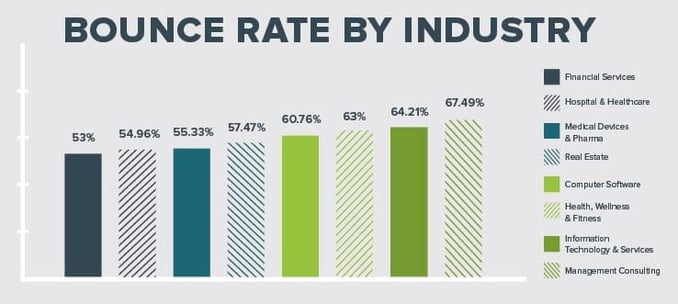
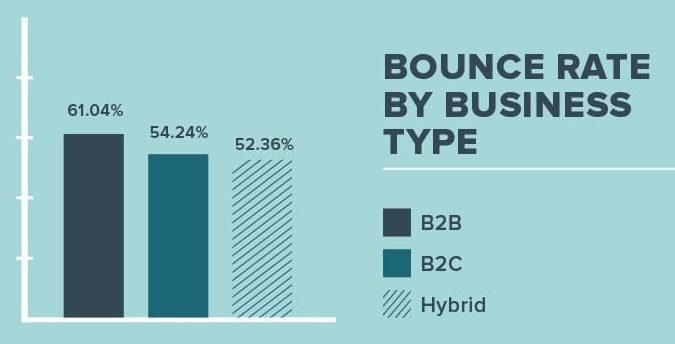
 Drive More Visibility, Traffic, and Sales
Drive More Visibility, Traffic, and Sales
